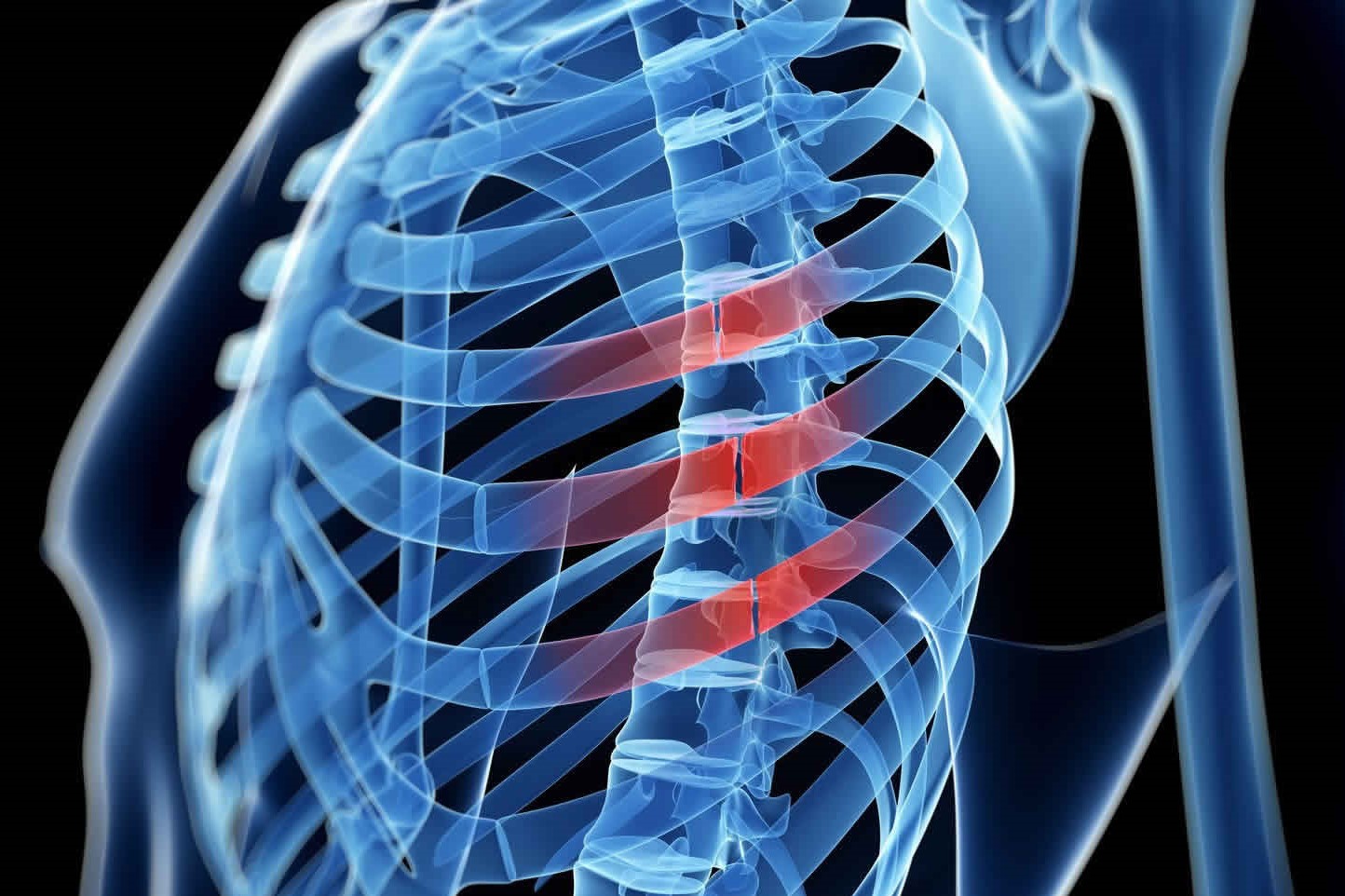
Recovery for broken ribs: what to do, how long it takes
Recovery for broken ribs: a rib fracture can be very painful because your ribs move when you breathe, cough, and move your upper body
The ribs in the middle of the chest are the ones that break most often
Rib fractures often occur with other chest and organ injuries. So, your health care providers will also check to see if you have any other injuries.
Recovery after a rib fracture, what to expect
Healing takes at least 6 weeks.
If you injure other body organs, you may need to stay in the hospital.
Otherwise, you can heal at home. Most people with broken ribs do not need surgery.
In the emergency room, you may have received a strong medicine (such as a nerve block or narcotics) if you were in severe pain.
You will not have a belt or a bandage around your chest because these would keep your ribs from moving when you breathe or cough.
This may lead to a lung infection (pneumonia).
Pain relief: a key aspect of recovery after a rib fracture
Apply an ice pack 20 minutes of every hour you are awake for the first 2 days, then 10 to 20 minutes 3 times daily as needed to reduce pain and swelling.
Wrap the ice pack in a cloth before applying to the injured area.
You may need prescription pain medicines (narcotics) to keep your pain under control while your bones heal.
Take these medicines on the schedule your provider prescribed.
Do not drink alcohol, drive, or operate heavy machinery while you are taking these medicines.
To avoid becoming constipated, drink more fluids, eat high-fiber foods, and use stool softeners.
To avoid nausea or vomiting, try taking your pain medicines with food.
If your pain is not severe, you can use ibuprofen (Advil, Motrin) or naproxen (Aleve, Naprosyn).
You can buy these pain medicines at the store.
These medicines should be avoided for the first 24 hours after your injury since they may lead to bleeding.
Talk with your provider before using these medicines if you have heart disease, high blood pressure, kidney disease, liver disease, or have had stomach ulcers or internal bleeding in the past.
Do not take more than the amount recommended on the bottle or by your provider.
Acetaminophen (Tylenol) may also be used for pain by most people.
If you have liver disease talk with your provider before taking this medicine.
Tell your provider about any other medicines you are taking as drug interactions may occur.
Activity
To help prevent a collapsed lung or lung infection, do slow deep-breathing and gentle coughing exercises every 2 hours.
Holding a pillow or blanket against your injured rib can make these less painful.
You may need to take your pain medicine first. Your provider may tell you to use a device called a spirometer to help with the breathing exercises.
These exercises help prevent a partial lung collapse and pneumonia.
It is important to stay active.
Do not rest in bed all day.
Your provider will talk with you about when you can return to:
- Your everyday activities
- Work, which will depend on the type of job you have
- Sports or other high impact activity
While you heal, avoid movements that put painful pressure on your ribs.
These include doing crunches and pushing, pulling, or lifting heavy objects.
Outlook (Prognosis)
Most individuals with isolated rib fractures will recover without serious side effects.
If other organs have also been injured, however, recovery will depend on the extent of those injuries and underlying medical conditions.
When to Call the Doctor
Call your doctor if you have:
- Pain that does not allow deep breathing or coughing despite using pain relievers
- Fever
- Cough or increase in mucus that you cough up, especially if bloody
- Shortness of breath
- Side effects of pain medicine such as nausea, vomiting, or constipation, or allergic reactions, such as skin rashes, facial swelling, or difficulty breathing
People with asthma or emphysema are at increased risk of developing complications from a rib fracture, such as breathing problems or infections.
References:
Eiff MP, Hatch RL, Higgins MK. Rib fractures. In: Eiff MP, Hatch RL, Higgins MK, eds. Fracture Management for Primary Care and Emergency Medicine. 4th ed. Philadelphia, PA: Elsevier; 2020:chap 18
Herring M, Cole PA. Chest wall trauma: rib and sternum fractures. In: Browner BD, Jupiter JB, Krettek C, Anderson PA, eds. Skeletal Trauma: Basic Science, Management, and Reconstruction. 6th ed. Philadelphia, PA: Elsevier; 2020:chap 50.
Raja AS. Thoracic trauma. In: Walls RM, Hockberger RS, Gausche-Hill M, eds. Rosen’s Emergency Medicine: Concepts and Clinical Practice. 9th ed. Philadelphia, PA: Elsevier; 2018:chap 38.
Read Also:
Emergency Live Even More…Live: Download The New Free App Of Your Newspaper For IOS And Android
Fractures And Injuries: What To Do When Ribs Are Broken Or Cracked?
Multiple Rib Fracture, Flail Chest (Rib Volet) And Pneumothorax: An Overview
Facial Trauma With Skull Fractures: Difference Between LeFort Fracture I, II And III
Broken Rib (Rib Fracture): Symptoms, Causes, Diagnosis And Treatment
Cervical Collar In Trauma Patients In Emergency Medicine: When To Use It, Why It Is Important
KED Extrication Device For Trauma Extraction: What It Is And How To Use It


